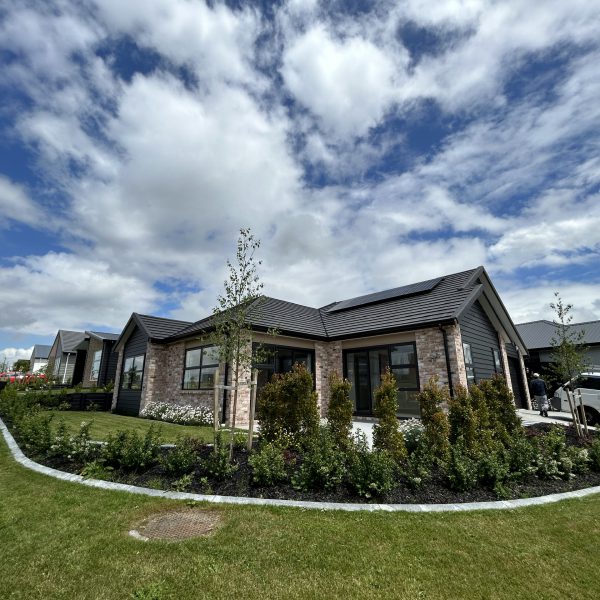Exterior Painting is a comprehensive process that involves several steps to achieve a professional and long-lasting finish. One of the first steps is to repair any damages to the surface, such as punch nail holes or cracks, using a contract filler. This filler is applied to the surface and smoothed out to create a smooth and even surface for the paint to adhere to.
Once the surface is prepared, an undercoat is applied to provide a base for the topcoat. The undercoat serves to provide a uniform surface for the topcoat and also helps to improve the durability of the paint. It is important to allow the undercoat to dry thoroughly before applying the topcoat.
The next step is to apply the topcoat, which is the layer of paint that provides the color and finish to the exterior of the building. For best results, two topcoats are recommended, allowing for a more even and long-lasting finish.
The color element of the exterior painting is a crucial factor in creating the desired look and feel of the building. Lighter colors tend to reflect more light and heat, keeping the building cooler in summer, while darker colors absorb more heat, making it warmer in the winter. The color elements should also blend in with the surrounding environment and complement the architectural style of the building.
In conclusion, exterior painting is a complex process that requires several steps, including repairing damages, applying an undercoat, and applying two topcoats. The color elements used for exterior painting must be chosen with care, considering factors such as the architectural style and surrounding environment, to create a professional and long-lasting finish.
Project Size:
Exterior 140 Square Color Element
Interior 130 Square Color Alabaster


















Reviews
There are no reviews yet.